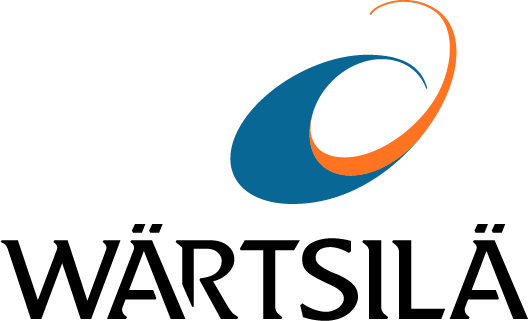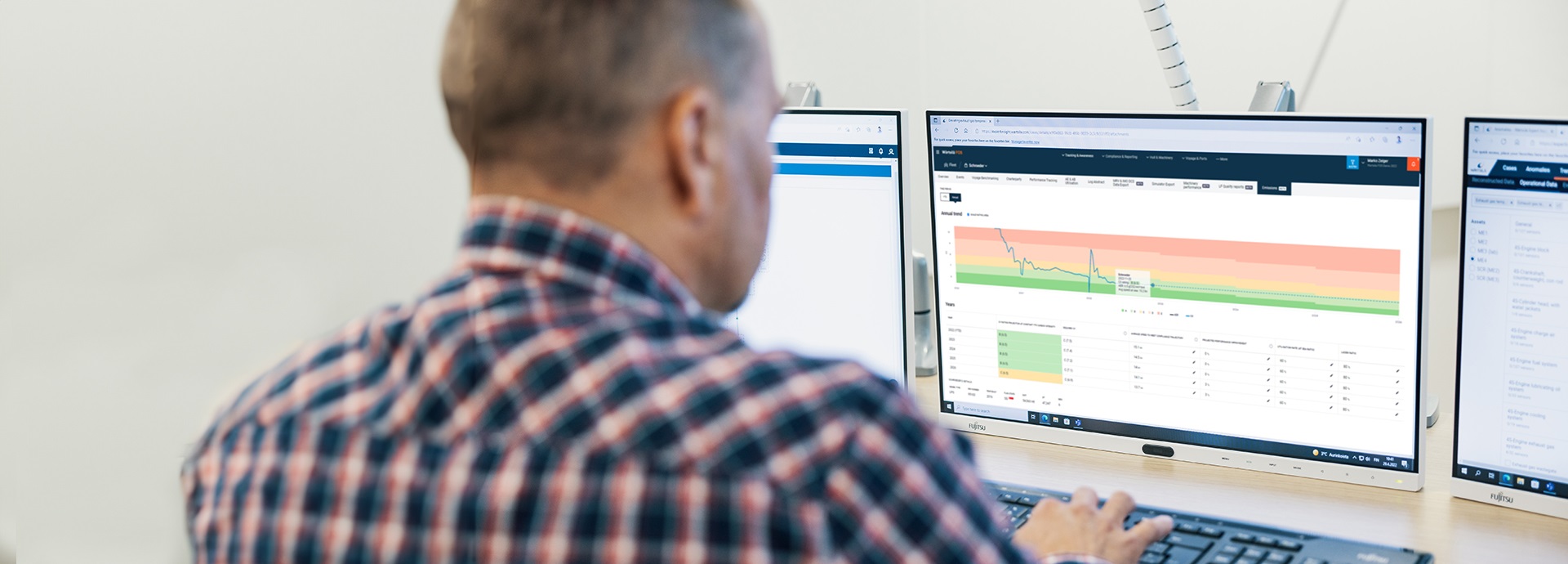
Podcasts

This podcast was generated with AI based on a human-written text (the Source text further down on the page). The list of key takeaways was generated with the help of AI based on the same, human-written text.
Key takeaways
- Engine optimization reduces methane emissions. Targeted upgrades and conversions can lead to a reduction in methane slip by up to 65%.
- Software upgrades are effective. In addition to cutting emissions and decreasing methane slip, simple software upgrades can reduce operational costs substantially.
- Innovative hardware solutions available. Upgrading to spark gas technology in engines such as the Wärtsilä 50DF can cut methane slip by 75% at half load, while features like EnviroPac that combine hardware and software improvements can reduce emissions by 50% without sacrificing performance.
- Improvements are available for two-stroke engines as well. Power derating and turbocharger optimization can enhance fuel efficiency and lower emissions for two-stroke engines. Up to 15% reductions in fuel consumption and greenhouse gas emissions are possible.
Source text
How smart engine optimisation is one easy way to minimise methane slip
Want to dramatically reduce methane slip from your LNG-powered engines? It could be easier than you think. Targeted upgrade packages and clever conversion options can optimise your engines for cleaner, more efficient operation – and a significant reduction in methane slip.
Methane slip – the unburned methane that escapes into the atmosphere from LNG-powered vessels – is one of the biggest emissions challenges facing vessel owners today. Luckily there are smart solutions available that can significantly reduce methane slip, helping owners and operators to meet their emissions targets and prepare for a fuel-flexible future.
Optimising your engines with an upgrade package or conversion can cut methane emissions by up to 65% and significantly lower your vessel’s overall environmental impact. It is also possible to convert or upgrade existing diesel engines to run on LNG with negligible methane emissions. This can be an attractive option considering LNG’s high availability and proven benefits for greenhouse gas reduction, with upgrades ensuring methane emissions meet set objectives until the late 2040s.
What are the engine optimisation upgrade options available for your existing vessel?
How to reduce methane slip in four-stroke engines
Smart software upgrades for greater efficiency
For many vessels operating dual-fuel engines, a simple software upgrade can make a big difference. For example, upgrading the software of the Wärtsilä 34DF engine is all it takes to reduce methane slip by as much as 60% and total greenhouse gas emissions by 20%. This upgrade is quick and easy to install and designed to optimise engine operation in response to both ambient and operating conditions. It includes lambda tuning to reduce the charge air pressure and stabilise the air-fuel ratio, which helps to reduce hydrocarbon emissions.
For instance, Seaspan Ferries Corporation (SFC) has reduced the environmental impact of its operations to great effect with this software upgrade, along with a switch to biodiesel and a battery upgrade. The three investments have reduced the well-to wake carbon intensity of two of SFC’s hybrid ferries by a colossal 90%.
Deme Group is another company that has invested in the greenhouse reduction package for their Wärtsilä 34DF engines. DEME believes the package has done more than just reduce DEME’s environmental impact. They say that reducing the emissions benefits their overall business performance. The package has also helped them to cut their operating costs.
Similar software upgrades are available for other engine types as well. Wärtsilä 20DF engines, for example, can be equipped with low-crevice technology as part of the software upgrade. This hardware modification reduces the crevices in the combustion chamber where unburned methane can accumulate, leading to cleaner combustion and lower emissions.
The Wärtsilä 46DF engine can also benefit from a greenhouse gas reduction upgrade, helping to cut methane slip dramatically and improve the performance of the engine at high loads. The software is quick and easy to install and reduces methane slip by up to 60%.
Hardware conversions and new technology
Innovative hardware upgrades can give existing engines market-leading emission levels. For example, the Wärtsilä 50DF can be upgraded to spark gas (SG) technology – a smart new way to save fuel and cut emissions. After the upgrade the engine will use a spark plug to ignite gas fuel rather than relying on a liquid pilot fuel injection. This ensures a better energy output per unit of LNG fuel. SG conversion can cut methane slip by an amazing 75% at 50-percent engine load.
Another smart solution for emissions reduction is EnviroPac. This innovative feature can reduce methane emissions from Wärtsilä 34DF engines by 50% without compromising power output, helping to ensure compliance and avoid penalties under the EU Emissions Trading System. NextDF technology is another innovative solution that can dramatically reduce methane emissions in LNG engines. We’ll be learning more about this in another episode.
How to reduce methane slip in two-stroke engines
Improving fuel efficiency has understandably an emissions reduction impact for 2-stroke engines too. One of the most effective tactics to improve fuel efficiency is power derating, particularly when paired with turbocharger and propulsion optimisation. These combined upgrades can reduce fuel consumption by more than 5% – with an associated reduction in emissions.
Power derating on a diesel engine doesn't obviously directly reduce methane slip, as diesel engines don't emit methane during combustion. However, improving engine efficiency is a key first step if you consider an LNG conversion for your engine: by optimizing combustion and reducing fuel losses, it prepares the engine for a more effective conversion to LNG. Once converted, the enhanced efficiency helps lower methane slip, leading to an overall reduction in greenhouse gas emissions.
For container ships with Wärtsilä two-stroke engines, derating solutions have shown reductions in fuel consumption and greenhouse gas emissions of up to 15%. A pilot installation on a container ship with a large bore two-stroke main engine demonstrated that a vessel of this kind could save 2,000 tonnes of fuel and 6,000 tonnes of CO2 emissions annually with this retrofit. And, if you enter LNG into this picture, it automatically means large methane slip reductions.
In summary, a lot can be done to reduce emissions even for existing ships. Small actions can have significant impacts.